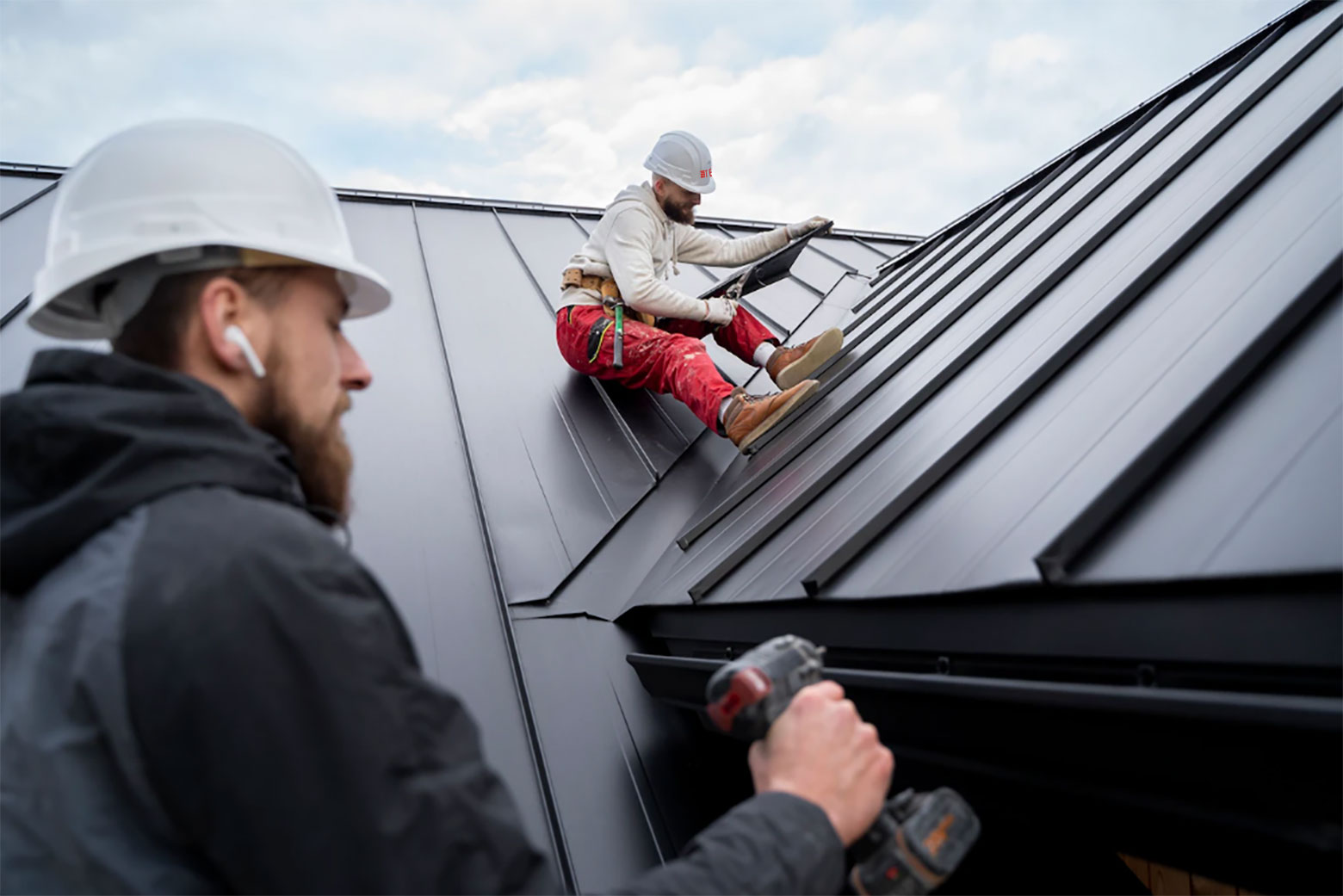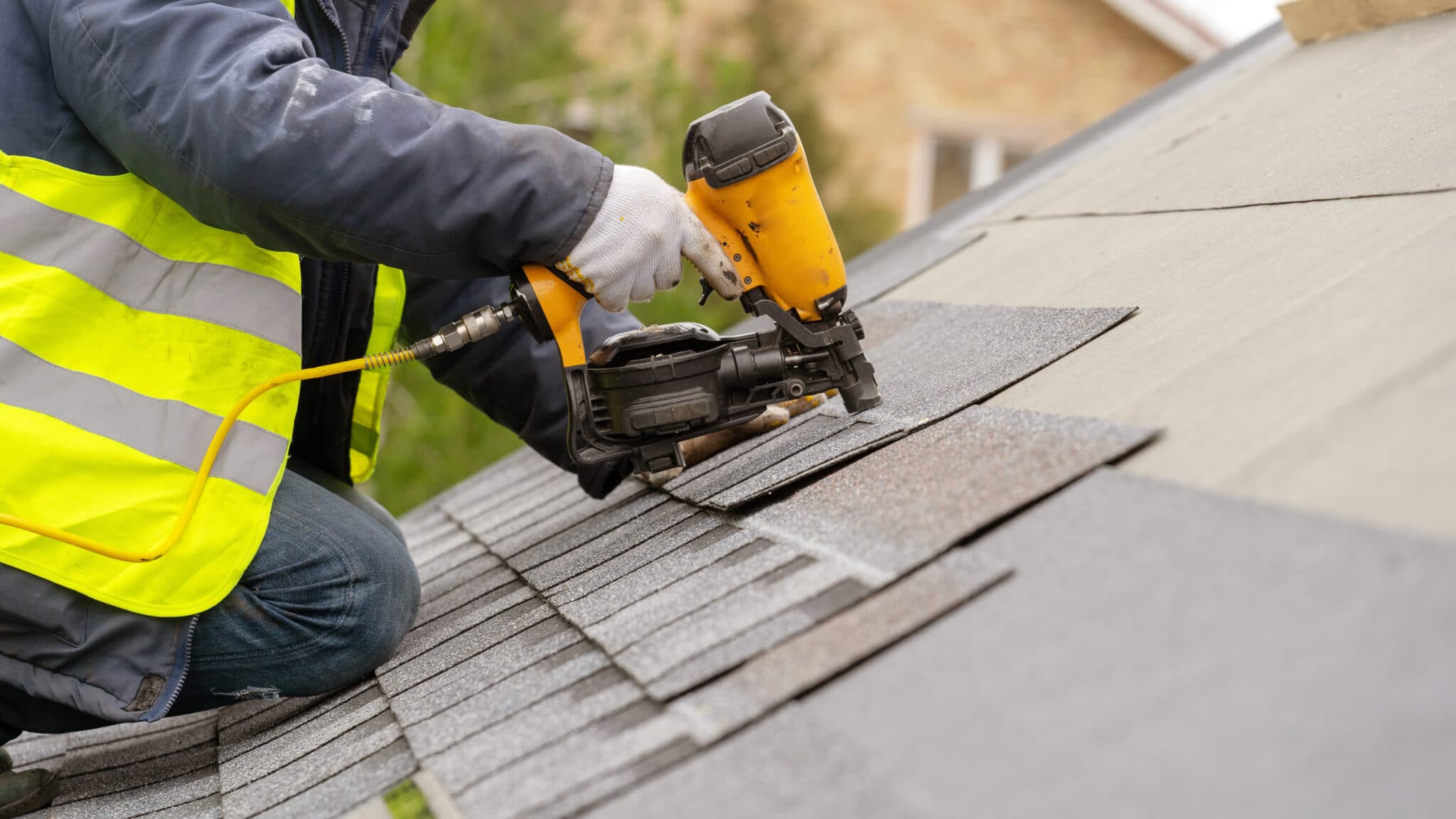Understanding the Different Types of Roofs: A Comprehensive Overview for Homeowners
In the world of homeownership, picking the ideal roof covering style is a choice that brings substantial effects for both functionality and visual appeal. With a variety of choices-- ranging from the conventional gable to the contemporary flat-- each type presents one-of-a-kind advantages and challenges that need to straighten with the property owner's certain needs and ecological considerations. Comprehending these distinctions not only help in making an enlightened option however also affects long-lasting upkeep and energy performance. As we check out the intricacies of numerous roofing types, it becomes noticeable that one dimension does not fit all; the ideal selection may shock you.
Saddleback Roof
Saddleback roofs, defined by their triangular form, are among the most prominent roofing styles as a result of their simpleness and efficiency in shedding water and snow. This layout includes two sloping sides that satisfy at a ridge, enabling effective water drainage and reducing the threat of water build-up. The steep pitch commonly connected with saddleback roofs enhances their capability to take care of hefty precipitation, making them suitable for numerous environments.
Along with their sensible advantages, gable roofings supply visual flexibility. They can be adapted to numerous building designs, from conventional to modern homes. The style can additionally fit additional attributes such as dormer home windows, which boost natural light and air flow in the attic room room.
In addition, saddleback roofs supply adequate area for insulation, adding to power efficiency. Home owners can select from a range of roofing materials, consisting of asphalt roof shingles, steel, and floor tiles, better enhancing customization options.
Despite their advantages, gable roofing systems might require extra assistance in areas vulnerable to high winds or hefty snowfall. In general, the gable roof remains a popular choice as a result of its blend of capability, longevity, and visual appeal.
Apartment Roofs
Level roof coverings are commonly recognized for their minimal style and sensible applications, particularly in commercial and commercial setups (oahu roofing). These roof coverings include a horizontal or virtually horizontal surface, which permits easy building and construction and flexible area application. While they might do not have the visual appeal of pitched roofs, flat roofing systems offer many advantages, specifically in metropolitan settings where making the most of area is critical
One of the primary benefits of flat roofings is their ease of access. Property owners can use the roofing system room for numerous functions, such as rooftop gardens, terraces, or photovoltaic panel installments. Furthermore, level roofings are typically much more cost-effective to preserve and install compared to their sloped equivalents, as they call for fewer materials and labor.
Nonetheless, flat roofing systems do present specific obstacles. Proper drainage is important to avoid water merging, which can result in leaks and structural damage. Therefore, selecting high-grade waterproofing materials and regular assessments are essential for making certain long life. Typical materials used for flat roofings consist of built-up roof (BUR), changed bitumen, and single-ply membrane layers, each offering distinct advantages. In general, level roof coverings act as a practical and versatile choice for several homeowners and companies alike.
Hip Roofing Systems
Hip roofs are characterized by their sloped sides that assemble at the top, creating a ridge. This layout is distinctive from saddleback roofs, as all four sides of a hip roofing incline downwards toward the wall surfaces, supplying an extra steady structure. The angle of the inclines can differ, permitting for flexibility in building aesthetics and capability.
One of the main benefits of hip roof coverings is their capacity to withstand heavy winds and damaging climate conditions. The sloped surfaces allow better water drainage, lowering the risk of leaks and water damages. Furthermore, hip roofing systems offer enhanced attic area, which can be utilized for storage space or perhaps exchanged livable areas.
Nonetheless, creating a hip roofing system can be extra expensive and complicated than easier roof covering kinds, such as saddleback roofs. The extra product and labor associated with producing the inclines and ensuring appropriate architectural integrity can bring about greater expenses. In spite of these drawbacks, many house owners prefer hip roof coverings for their longevity, visual charm, and possibility for energy efficiency.
Mansard Roofings
Mansard roof coverings, typically acknowledged by their unique four-sided layout, function two inclines on each side, with the lower incline being steeper than the top. This building style, stemming from France in the 17th century, is go to these guys not just cosmetically enticing however practical, as it makes best use of the usable room in the upper floorings of a structure. The steep reduced incline enables for even more clearance, making it a perfect selection for loft spaces or attics, which can be transformed into living spaces.
Mansard roofs are defined by their convenience, fitting different architectural styles, from typical to modern-day. They can be constructed with various materials, including asphalt shingles, slate, or metal, offering house owners with a variety of alternatives to suit their choices and spending plans. Additionally, the layout permits the assimilation of dormer windows, enhancing natural light and ventilation in the top degrees.
Nevertheless, it is important to think about the possible drawbacks. Mansard roofings might need even more maintenance as a result of the complexity of their layout, and their high slopes can be challenging for snow and rain overflow. On the whole, mansard roofings combine style with practicality, making them a prominent choice among property owners looking for distinctive architectural functions.
Shed Roof Coverings
As property owners significantly look for simplicity and performance in their building layouts, lost roofs have actually arised as a popular option. Characterized by a solitary sloping plane, a shed roof covering presents a minimalist visual that enhances numerous home designs, from contemporary to rustic.
Among the main advantages of a shed roof covering is its simple building and construction, which typically translates to lower labor and product prices. This style enables efficient water drain, lowering the danger of leaks and water damage. Furthermore, the vertical slope gives sufficient room for skylights, improving natural light within the interior.
Lost roofings likewise offer convenience in terms of usage. They can be effectively integrated right into additions, garages, or outside structures like structures and sheds. Furthermore, this roof design can fit various roof materials, including steel, asphalt roof shingles, or even environment-friendly roofing systems, lining up with environmentally friendly campaigns.
However, it is important to take into consideration regional environment conditions, as hefty snow lots might demand modifications to the roof covering's angle or framework. In general, dropped roof coverings present a practical and aesthetically pleasing option for house owners seeking to optimize performance without endangering design.
Verdict


Gable roof coverings, defined by their triangular shape, are amongst the most popular roof styles due to their simplicity and effectiveness in losing water and snow. oahu roofing. The high pitch generally associated with gable straight from the source roofings enhances their capability to handle about his hefty precipitation, making them appropriate for different environments
While they might do not have the aesthetic appeal of pitched roof coverings, flat roofing systems supply numerous benefits, particularly in metropolitan settings where taking full advantage of room is vital.
